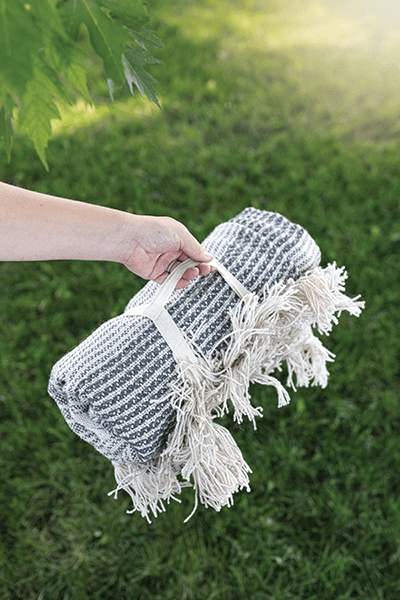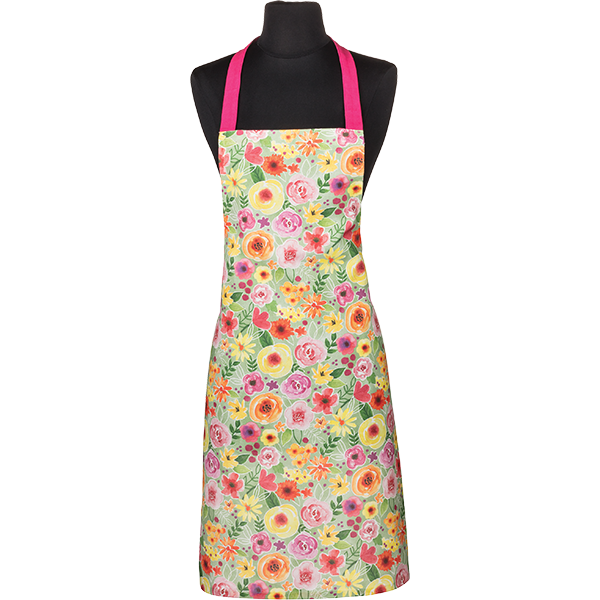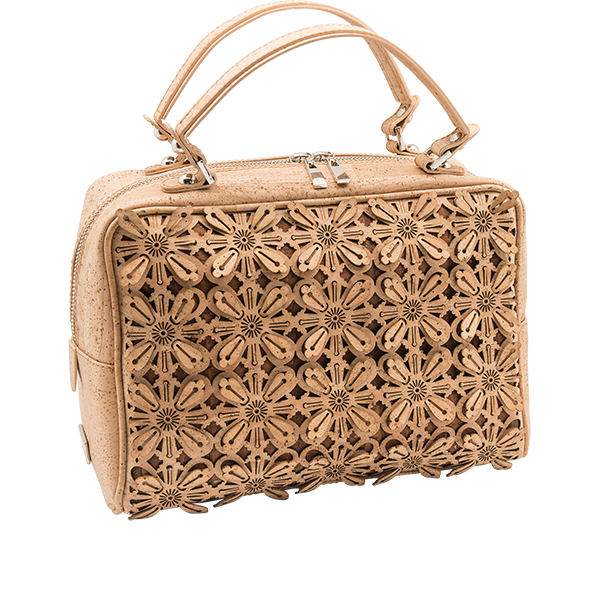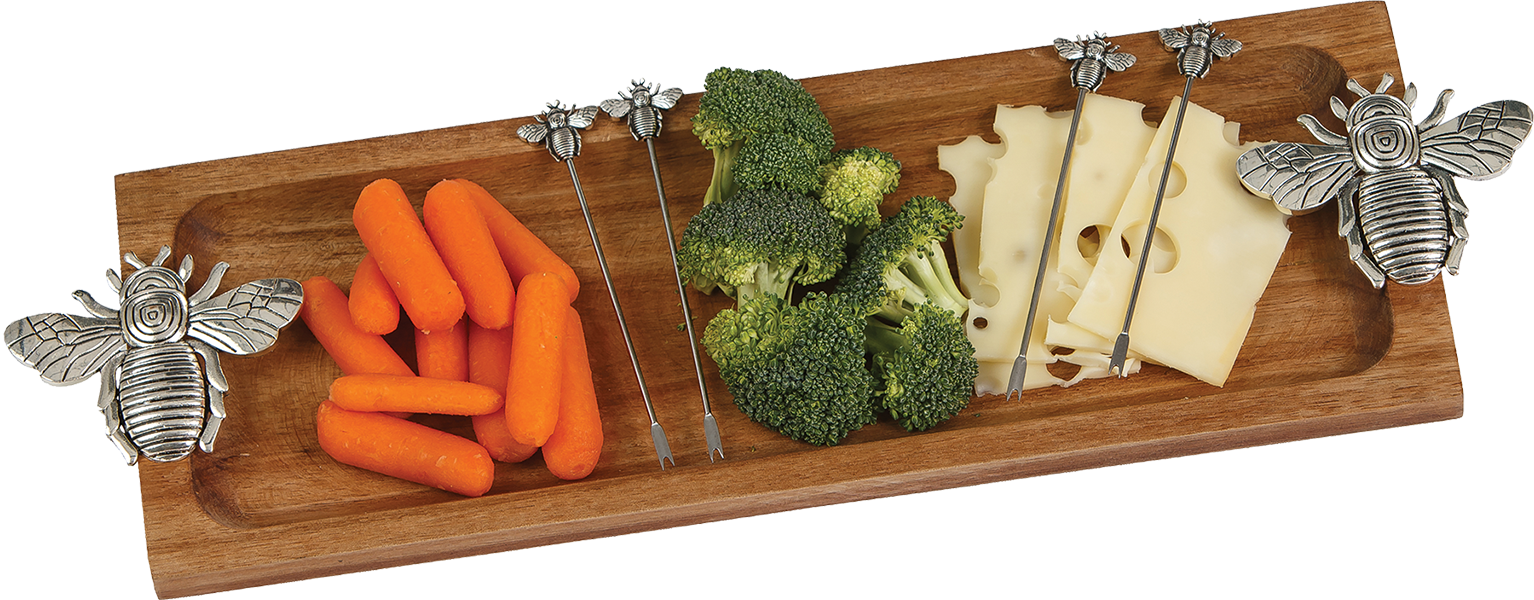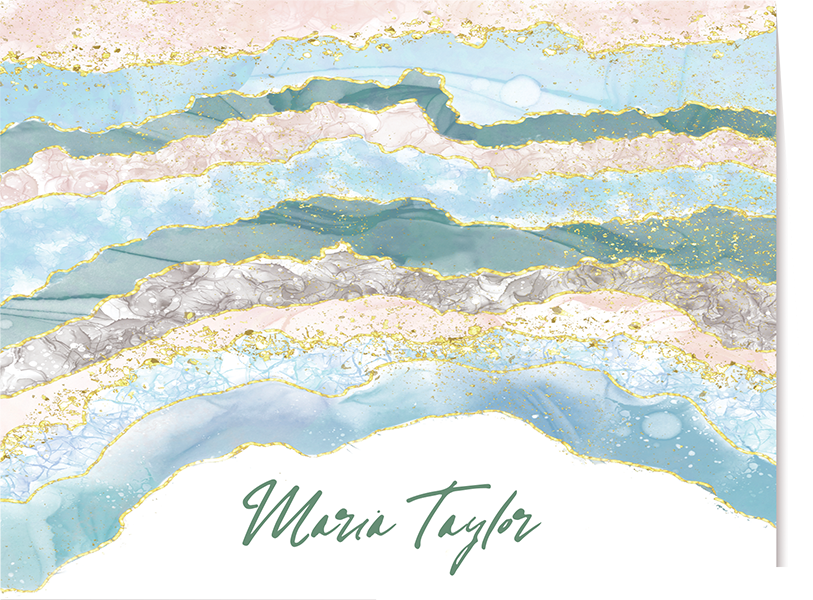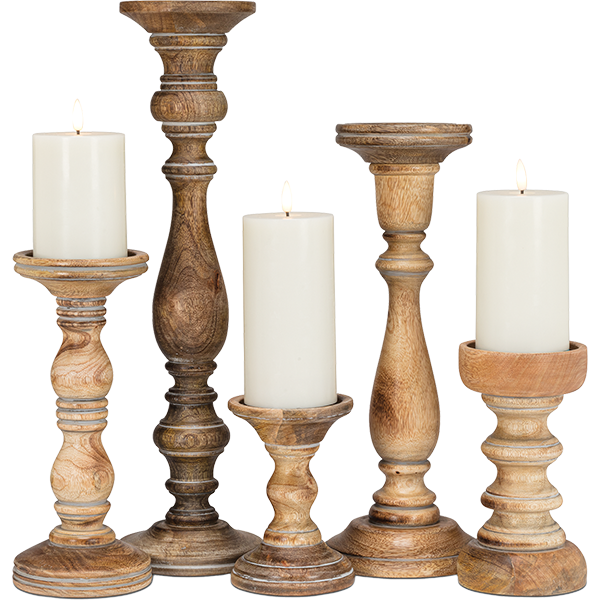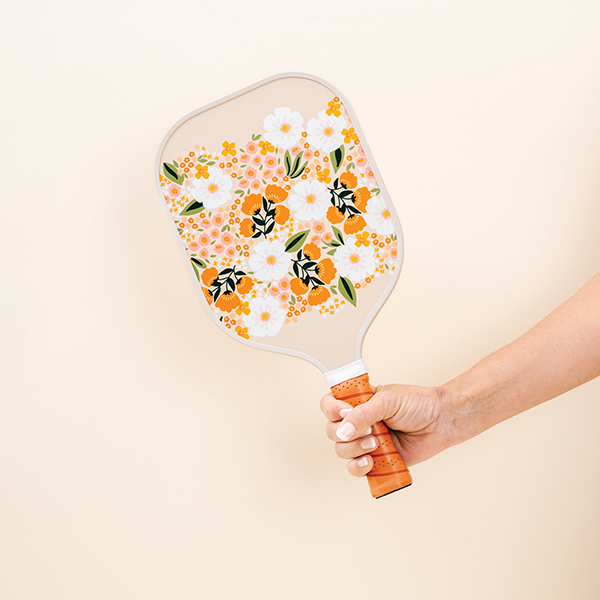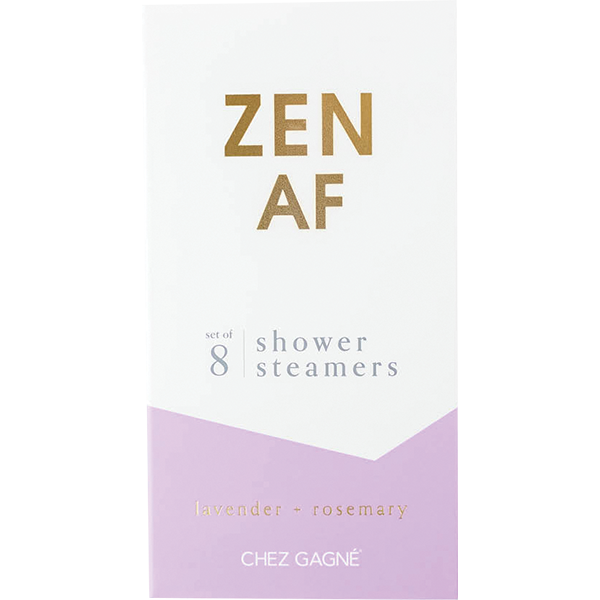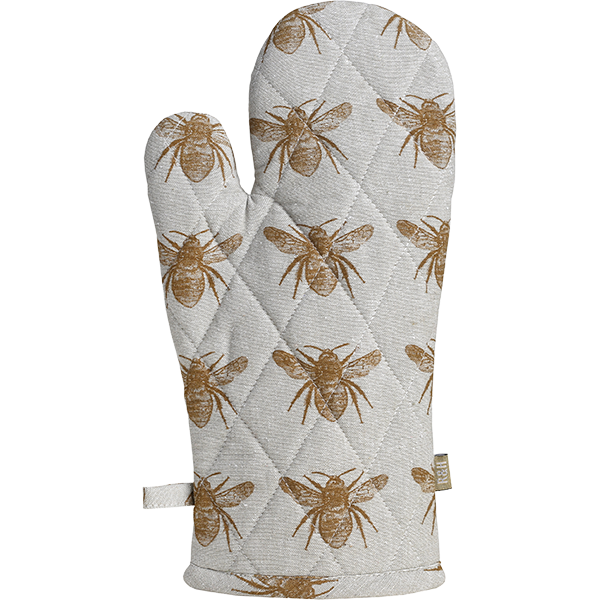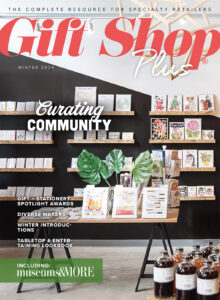Captivate and Educate
This year, tactile/sensory, sustainable and educational products are leading the way. Kristin Morency Goldman, spokesperson for The Toy Association, explained what is evolving in this category. “Expect to see the next evolution in unboxing toys, toys and games that build critical skills for children’s healthy development, and much more,” Morency Goldman said.
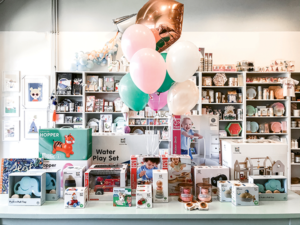
Steve Starobinsky, chief marketing officer at Diverse Marketing, founder of Diverse Insights and founder of Kid@heart on YouTube, has an abundance of experience in the toy industry and noted that nontraditional toy accounts have been flourishing. “The toys being bought are primarily $10 and above. In fact, the average retail for the first six months in 2019 has past $10 per item,” he said.
“In 2020, some toys are moving from fab to evergreen,” he said. “The evolution of the fidget spinners, a tactile manipulative program, has become vital.” Tactile toys, such as Nee Doh by Schylling, are “now an evergreen opportunity for retailers today and tomorrow.”
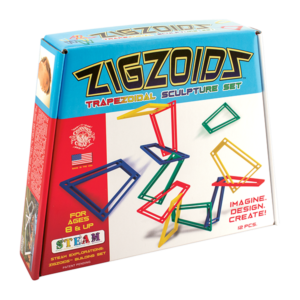
Katherine Secleter with Channel Craft, a toy and game maker described some key elements on tap: STEAM and creativity. “Edu-tainment” is popular, where toys combine education with an entertainment factor. “STEAM, educational and American-made toys, games and puzzles are becoming increasingly popular,” Secleter said. “Parents want their children to develop fine motor skills, dexterity and problem-solving skills, while kids just want to play. So why not have both?” She expressed shoppers’ expectations in this area will be a driving factor for 2020 toy sales.
The Toy Association echoed the popularity of STEM products and its recent study indicated that 67% of parents believe these toys are “the primary way to encourage development of STEM skills in their children.”
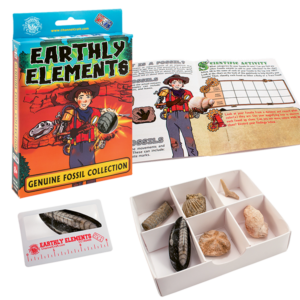
Classic toys and games are still popular and create nostalgia in both parents and grandparents. According to The Toy Association, items such as board games and arts and crafts foster creativity and the development of social-emotional skills in children.
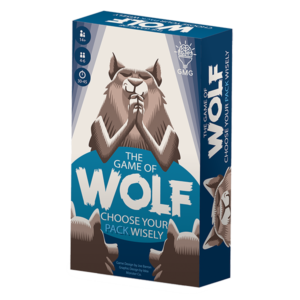
Sustainability is also big for 2020. “No generation has embraced climate issues more than Gen Z,” Starobinsky said. “There is a drastic shift in a sustainability focus — whether it be an end cap in a store or support of sustainable efforts. And the consumers will be requesting it.”
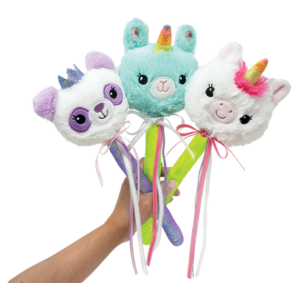
Waterlemon, an Illinois brick-and-mortar business, connects with shoppers and captures toy sales. Nina Joseph Makovski and her husband, Paul, opened Waterlemon in 2019 and has great success with toys that “you’ll find yourself saving for their children.”
“All of our toys do really well for us! We carry mostly wooden toys, which really resonates with our customers who want sustainable items in their homes. They’re toys that wear well and just get better with age.” Makovski explained.
Waterlemon carries toys from Hape, Plan and Sunnylife. The store’s best-sellers are wooden animal push toys by Sunnylife. “Plan recently started making pastel toys which are super on-trend and people really love.”
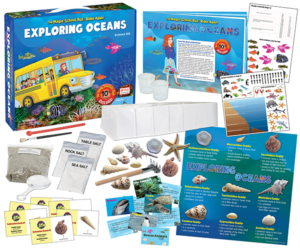
Clean, organized displays with good visibility work well for Waterlemon. “We don’t like to have too many items on display at once because it overwhelms the eye and makes it hard to really take things in. Today’s shopper appreciates a ‘less-is-more approach,” Makovski said.
Retailers can excite consumers, and merchandising is a way to showcase a curated mix for shoppers. Since new toy options are always on the horizon, remember this advice from Steve Starobinsky: “The toy industry is connected to everything, and as such it is a way to be inspired for next great toy.”














